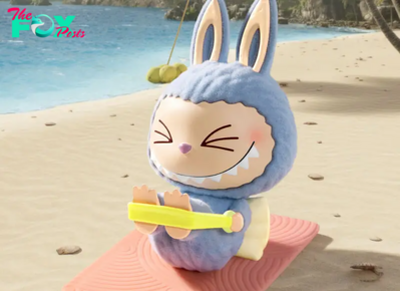Lifestyle
Dahye Jeong Designs a New Future for Horsehair
Meet Dahye Jeong, the Korean artisan designing new futures for chong bang, traditional Korean horsehair weaving.
It bespeaks much of the mindset of Jeju-island-born, British Museum-collected and Loewe Foundation Craft Prize-winner (2022) Korean artisan Dahye Jeong that her Instagram handle (@_chong_bang_) evokes the collective culture rather than being a shrine to self-obsession and promotion. And for those not conversant with the fineries of elite artisanal pursuits – or the Korean language – “Chong bang translates to horsehair studio,” Jeong tells me over mid-morning coffee at Cromwell Place, South Kensington, on the occasion of London Craft Week, where she’s showing, as part of a quartet of Korean artists, at Hong Kong and London-based Soluna Fine Art.
The horse plays a profound role in Korean culture, but horsehair feels like something of a pariah in the craft/textile world, most typically used as braid in a wedding gown’s hemlines, Petticoat bustles and mattresses, and for paintbrushes, fishing lines or jacket linings. It’s the not-seen of the seams, the stealthy invisible foundation. And yet … Jeong saw a vision statement beyond horsehair’s narrative, choosing to show and express rather than hide and repress the material’s vigour. Her technical preScience has since taken horsehair’s capabilities and exposure
to levels nothing short of pioneering.

Jeong has upcoming collaborations with an iconoclastic automobile marque (which we can’t name at time of printing) and something fashion-y (we’re also keeping shtum), and is doing with the fabric what no artisan has achieved before. And yet, as humble as the horsehair she “tunes” to such elegant, graceful and fragile perfection, she gives her country’s culture the starring role for that inspiration, not her own influence and process. As such, Jeong, horsehair and Korean are synonymous; espousing shared values that course rich and deep with provenance and pride around the body of Korean culture.
Watching the Jeong effect on a Saturday morning in London at Soluna is fascinating. Although her “vessels” or containers, or columns or amphores in woven horsehair aren’t fashion items per se, visitors can’t resist the urge to touch, caress and appropriate them, from white plinths to wear or carry and “social mediate” the moment. Because – in another iteration – I tell her they could be lingerie, or It-bags, or nightshirts, even a whole new category or industry in the fashion ecosystem of horsehair wearables.
Jeong’s relationship with horsehair was far from being a natural … ahem, shoo-in – or shoe-on, for that matter. “I majored in sculpture [a BFA from Jeju National University] and used many materials early on, but then I did textiles [an MFA from the Korean National University of Cultural Heritage], and horsehair just felt very comfortable,” she explains. “And it intrigued me that it could be made into something quite substantial.” Especially given the intricate nature of her weaving. “Without the intricate weave details, three-dimensional forms cannot be created,” she adds. “I begin small, and build it up to create solid three-dimensional forms.”

From left, Octagon, Diamond and Sunset (2024), in horsehair 
Sunset (2024), in red horsehair
Jeong, who professes to be something of an anti-fashionista, then gives me a Korean history lesson in sartorialism. Horsehair was used as a material for making woven headbands, skullcaps, caps for classical scholars and the gat (a traditional Korean hat). So she was inspired by millenary examples of Korea’s ancient headwear made from horsehair and worn by men in the Joseon Dynasty (1392-1910).
All of which links directly with her birthplace. Although she moved to Seoul, her family still lives on Jeju island, off the southern tip of the Korean peninsula and the main source of the country’s horsehair. Part of Jeong’s work is sorting the best hair from the bunch; she looks for useable length and strength, and weaves using both historical techniques and her own innovations. She weaves on wooden moulds to create her shapes, which, once completed, are then steamed on the moulds. Jeong’s philosophy and method has since become one of a kind. Her family is actively involved in her work, too; her father makes the wooden moulds around which she weaves her wonders, and her mother dyes the horsehair.
When the Loewe Foundation named her its prize-winning artist in 2022, this is what they said of Jeong’s winning entry, Time of Sincerity: “The jury for the Loewe Foundation Craft Prize unanimously selected her work because of the sensitivity and the finesse that remain unmatched to anything so far. Each piece is the result of painstaking patience and time. A certain kind of mind-setting is needed to be able to complete a single piece.” It’s the driven nature of her creation that seemingly attracts designer Jonathan Anderson, who collects her work outside of the Loewe Foundation and currently owns five of Jeong’s pieces.

So while Jeong may be riding the coat tails and K-waves of global geo-cultural shift, she feels about as far removed from its tentacles as could be. She’s no “Blink” – a reference to all-girl supergroup Blackpink’s fandom – or G-Dragon votary. Her artistic references and influences are of a decidedly less “flashy” variety. While I talk up Nam June Paik, she defers politely and proffers Kim Whanki as her biggest influence.
“Kim is the godfather of Korean monochrome art and pioneer of abstract art; without him the movement of dansaekhwa (Korea’s equivalent of Japan’s gutai) might never have happened,” she says. However, his devotion cost him his life. While creating his iconoclastic calligraphic dot works, Kim stood for endless hours bending over canvases to mark each dot while carefully controlling the paint with a thin ink brush. This painstaking, labour-intensive process damaged his spine and by 1974, he failed to recover from surgery and died at the age of 61.
Jeong’s methodical approach has ironically put her ahead of the Game. She continues to research and study different ways in which loose horsehair has been used in various cultures and finds new methods to weave original shapes. She showed at Milan Design Week in April, where she debuted a towering horsehair-clad floor lamp. She’s inspired by Korean History and spends much of her time visiting museums, observing ancient antiquities. The rePetitive nature of weaving is meditative and, in the process, her focus is on her mindset and how she addresses each day. “Attitude is everything,” she says, as she strives to become a better person. She keeps a daily diary of her working process, which early in her career she wrote and annotated with a pen, but now keyboards.

The meticulous Dahye Jeong is constantly testing the limitations of horsehair 
Dahye Jeong combines historical weaving processes with her own innovations
Horsehair is having a moment. The fashion brand Akris uses it; Hermès created a limited-edition Sac à Troupet horsehair handbag in Magnolia Rose for its spring/summer 2023 collection – already a coveted collector’s piece – and also blessed a pocket watch, the Slim d’Hermès Masan Masan, with an artwork created with horsehair marquetry.
Keep an eye on Dahye Jeong, because whatever she conjures is where horsehair’s going next.
-

 Lifestyle7m ago
Lifestyle7m agoMichael Douglas and Catherine Zeta-Jones: The Untold Story of Their Family and Kids
-
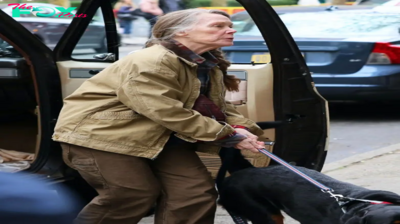
 Lifestyle7m ago
Lifestyle7m agoSissy Spacek at 74: Fans Can’t Stop Praising Her Incredible Looks
-

 Lifestyle17m ago
Lifestyle17m agoYoung Pianist Stuns Crowd with Beautiful Rendition of Queen’s “Bohemian Rhapsody”
-
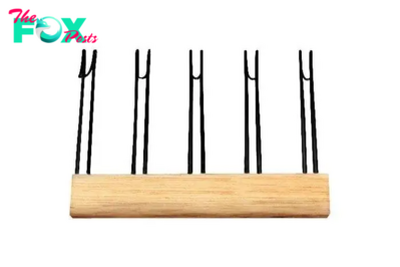
 Lifestyle17m ago
Lifestyle17m agoRemembering the Good Old School Days
-

 Lifestyle1h ago
Lifestyle1h agoBhool Bhulaiyaa 3 teaser: Vidya Balan’s Manjulika strikes back
-
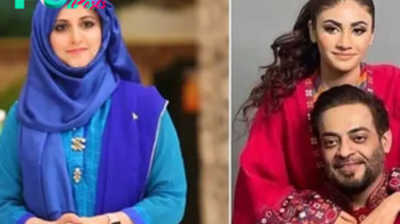
 Lifestyle1h ago
Lifestyle1h agoFormer wife of Aamir Liaquat, Bushra Iqbal, leads case for justice in video leak scandal
-
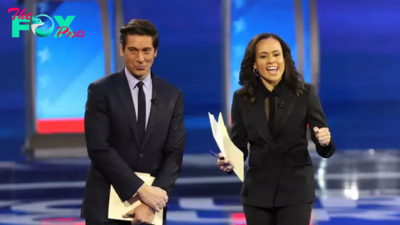
 Lifestyle5h ago
Lifestyle5h agoWho will moderate the Trump-Harris presidential debate? Here’s what to know about David Muir and Linsey Davis.Cau
-
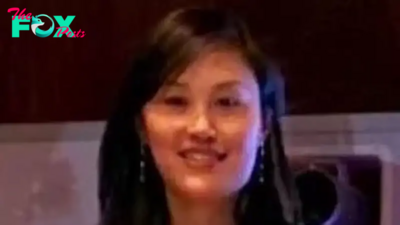
 Lifestyle5h ago
Lifestyle5h agoNew York Governor Kathy Hochul’s former aide accused of being a ‘secret agent working for China.’Cau














